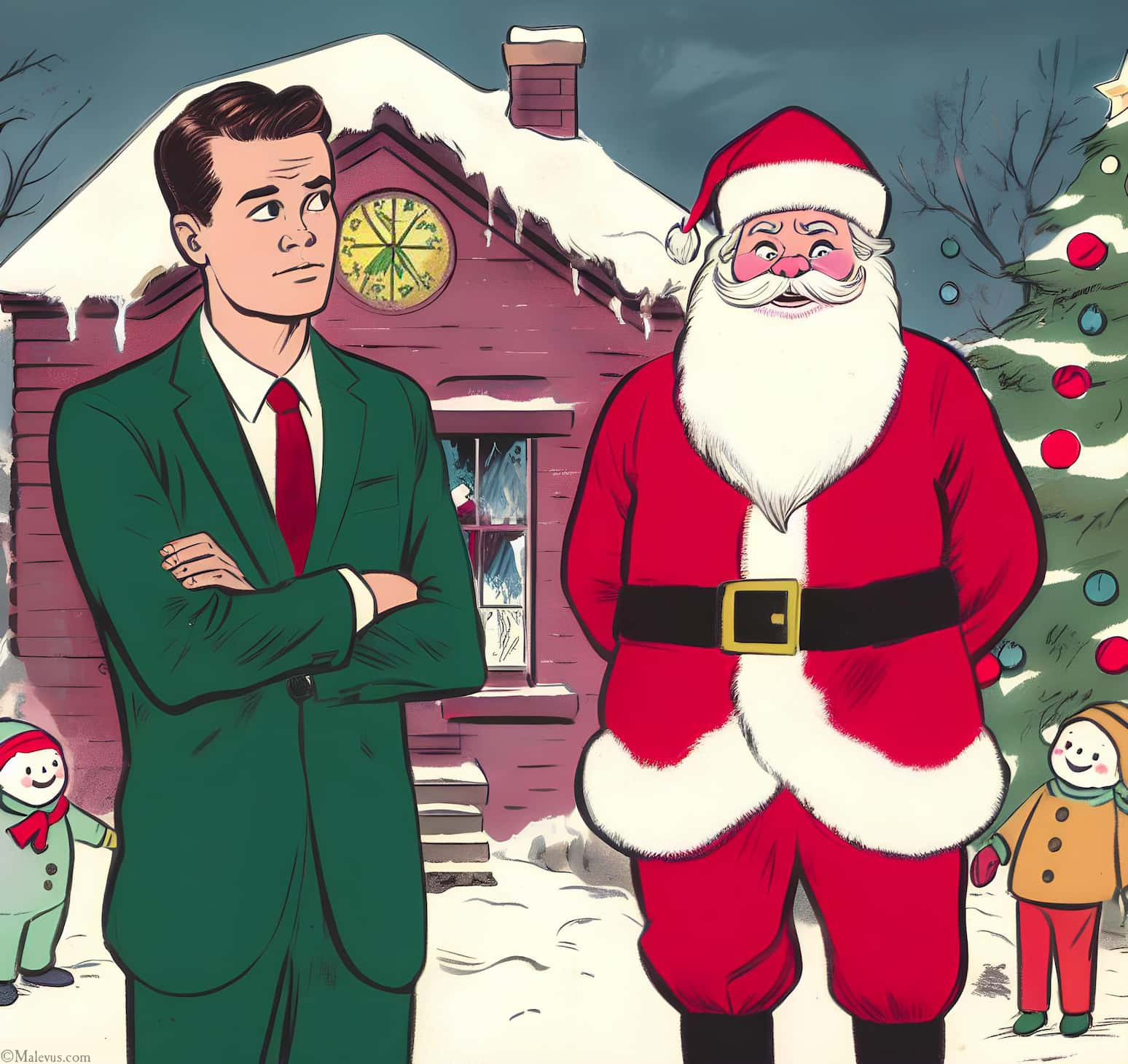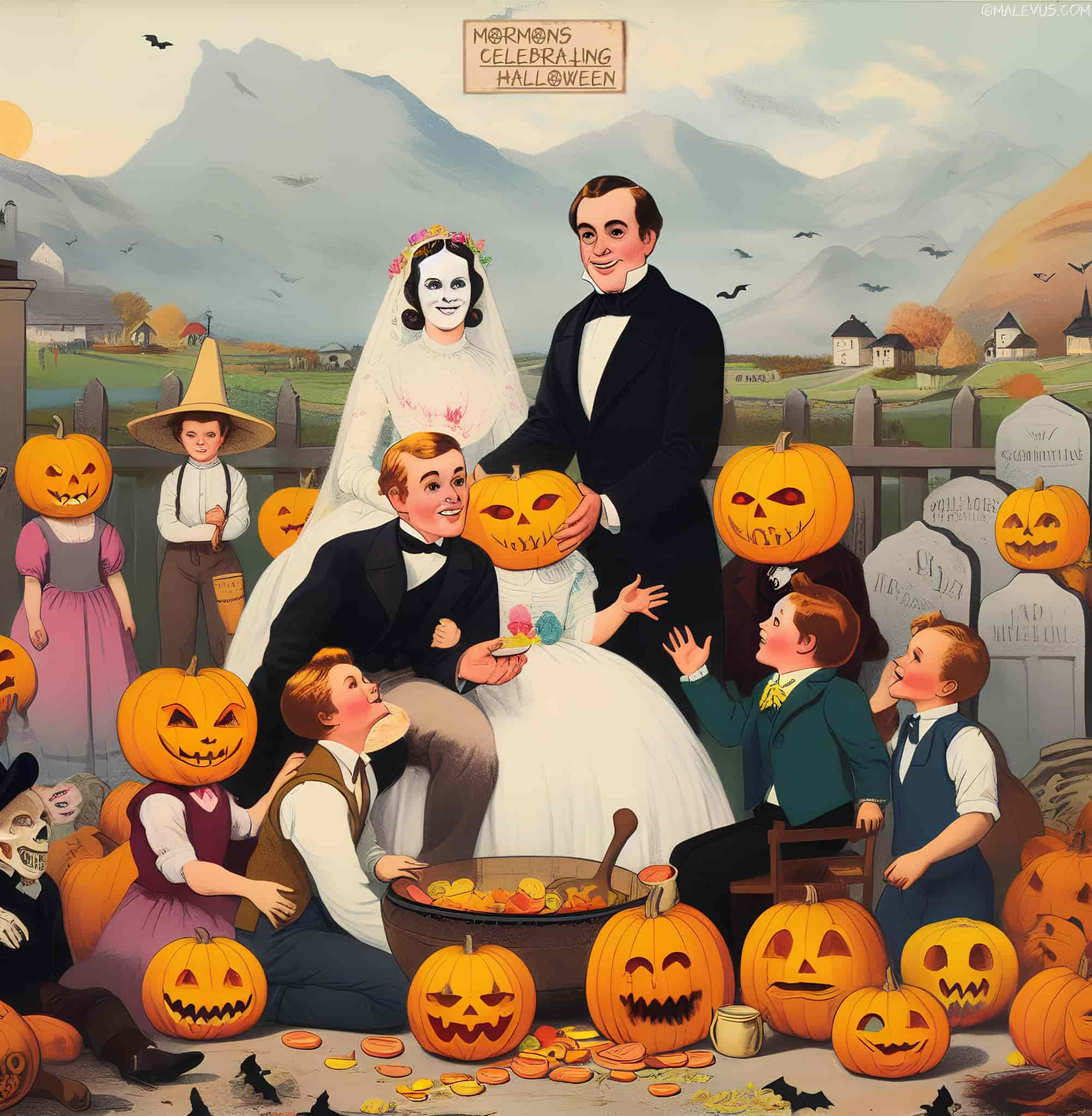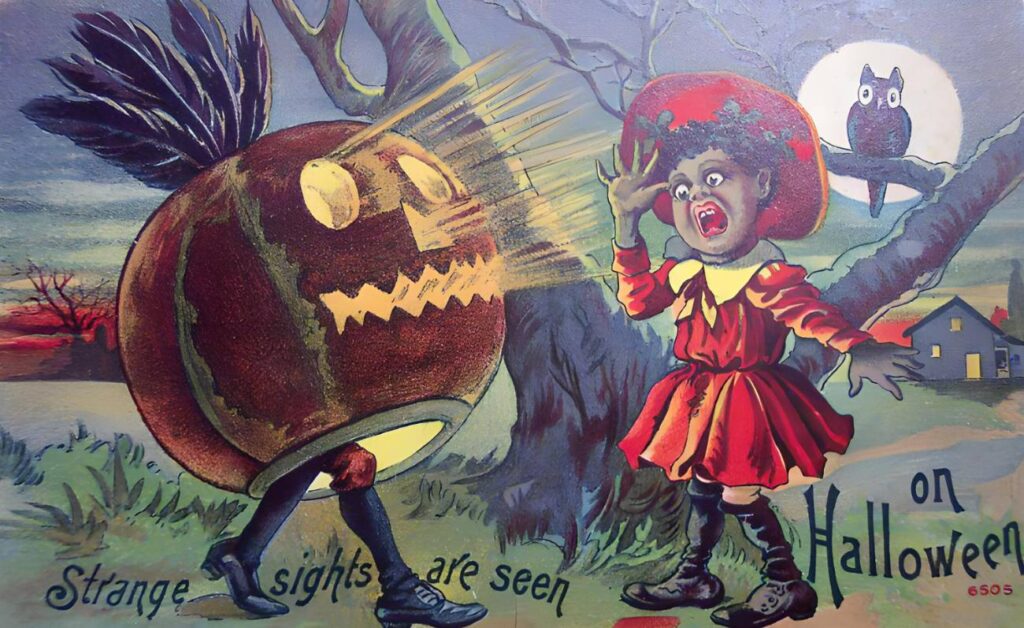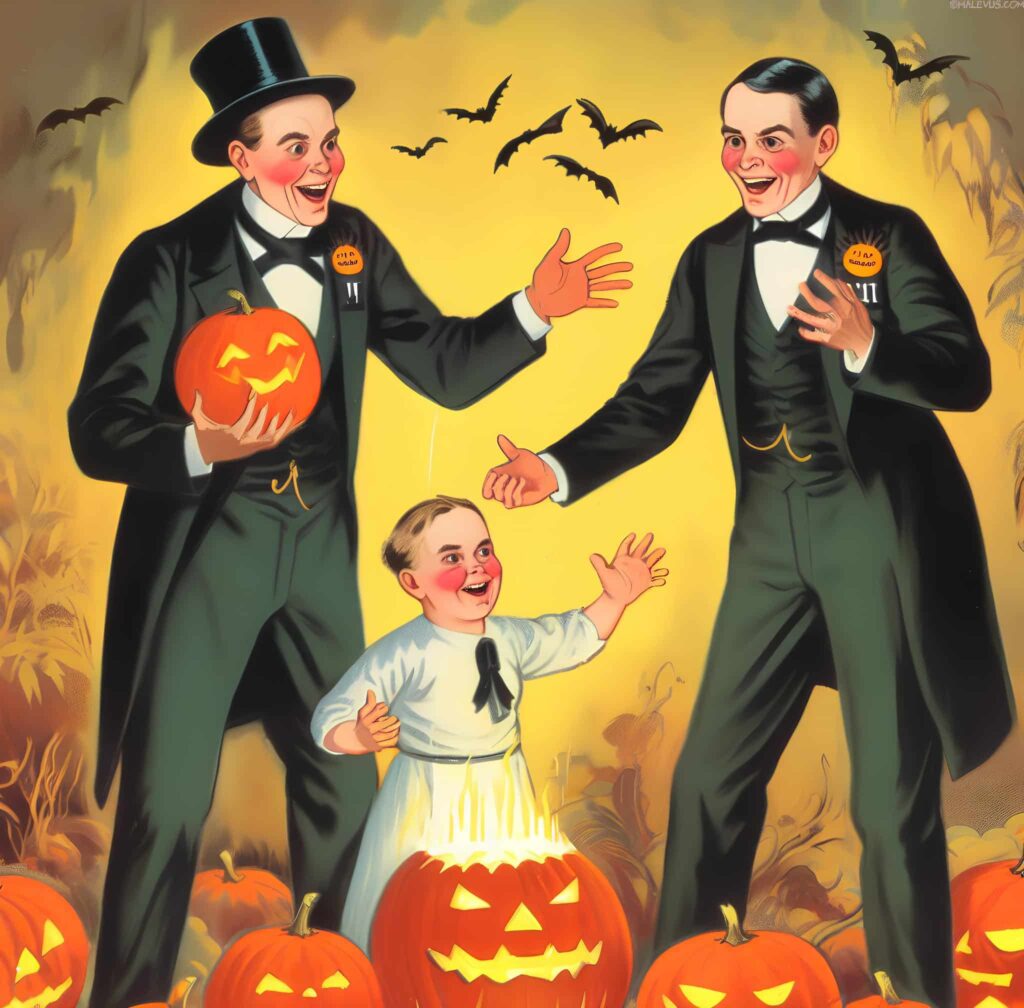Mormons celebrate Christmas as a significant religious occasion, emphasizing the birth of Jesus rather than a New Year celebration. In doing so, they acknowledge the significance of Jesus’ birth in Bethlehem in terms of his sacrifice and alleged resurrection. For Mormons, Easter is the reason why Christmas has any significance at all, and the two festivals are inextricably linked. Like the vast majority of Christians, they celebrate Christmas on the 25th of December. Many Mormon churches have free annual Messiah sing-alongs or nativity festivals each December to celebrate the holiday.
What Do Mormons Think About Christmas?
Many Mormons are avid collectors of nativity scenes, which they proudly display every year during the Christmas season. To keep the true spirit of Christmas alive all year long, some Mormon families even have one or several nativity scenes out on display for the whole year (they basically never remove them).
To create more space for the religious aspects of the holiday, these families reduce the emphasis on secular Christmas activities such as decorating the house, getting in costumes, building snowmen, becoming Santa Claus, or creating a Christmas tree. Some Mormons don’t celebrate Christmas on the proper date since they have learned that April 6 is the correct date of Jesus’ birth by revelation.
During the Christmas season, they often keep their attention fixed on Jesus rather than the festival. The Christmas Devotional is a global celebration hosted by the Mormon Church (LDS) and aired by satellite and internet in early December. Music and sermons from leaders highlight Jesus and some qualities, like giving and religious optimism.
Christmas Trees, Santa Claus, and Snowmen
Even though the Mormon Church does not frown upon the custom of decorating a tree during the holiday season, Mormons do not have a distinct custom of making Christmas trees as much as other American communities. Christmas is more of a religious event for Mormons than a secular one.
This also includes Santa Claus not being the focal point of Mormon Christmas. He is not actively opposed but some families do not want their children to believe in Santa Claus. The biggest secular symbol of Christmas, the snowmen, is also not as central in their Christmas festivities as in other parts of the world.
Then, How Do Mormons Celebrate Christmas?

Mormons follow some relatively unique traditions while celebrating Christmas, such as the Tabernacle Choir and Orchestra at Temple Square, as well as some community service projects (like hospital visits), large community dinners and ward parties, or video calling with a missionary and tuning in to the “First Presidency Christmas Devotional” broadcast.
- Ward Party: Mormon families frequently have their own unique Christmas customs in addition to celebrating with members of their ward at a party and supper. They make a Christmas present for Jesus by writing messages to him and putting them in envelopes beneath the tree. They give out copies of the Book of Mormon as presents, with personal testimony written within.
- Nativity Activities: In certain areas, residents bring their own nativities to show during a community-wide “Christmas nativity” event. Members of Relief Societies gather together over the holidays to do things like decorate, bake cookies, and study scripture.
- Assisting the Disadvantaged: Helping people who can’t afford Christmas is a typical Mormon custom. This involves presents for children and nourishment for the family.
- Christmas Devotional: It is a global Christmas celebration hosted by the Mormon Church, aired via satellite and the internet. The Mormon Tabernacle Choir and Orchestra at Temple Square are other regulars.
- Nativity Scenes: Either as a static display or a live reenactment with actual animals and members of the ward playing the parts, these scenes are a popular part of Mormon Christmas celebrations.
Mormons Are Not the Most Conservative Community When It Comes to Christmas
Mormons prioritize the religious significance of Christmas, which might appear conservative in contrast to some more secular Christian communities. However, diverse factors like culture, faith, and family traditions influence Christmas celebrations among Christians.
Labeling Mormons as “most conservative” oversimplifies the differences among Christian groups. For example, Jehovah’s Witnesses, due to its pagan origins, abstain from Christmas celebrations, taking an even more conservative stance. They do not celebrate Halloween and some see it as the devil’s birthday.
Origins of Christmas
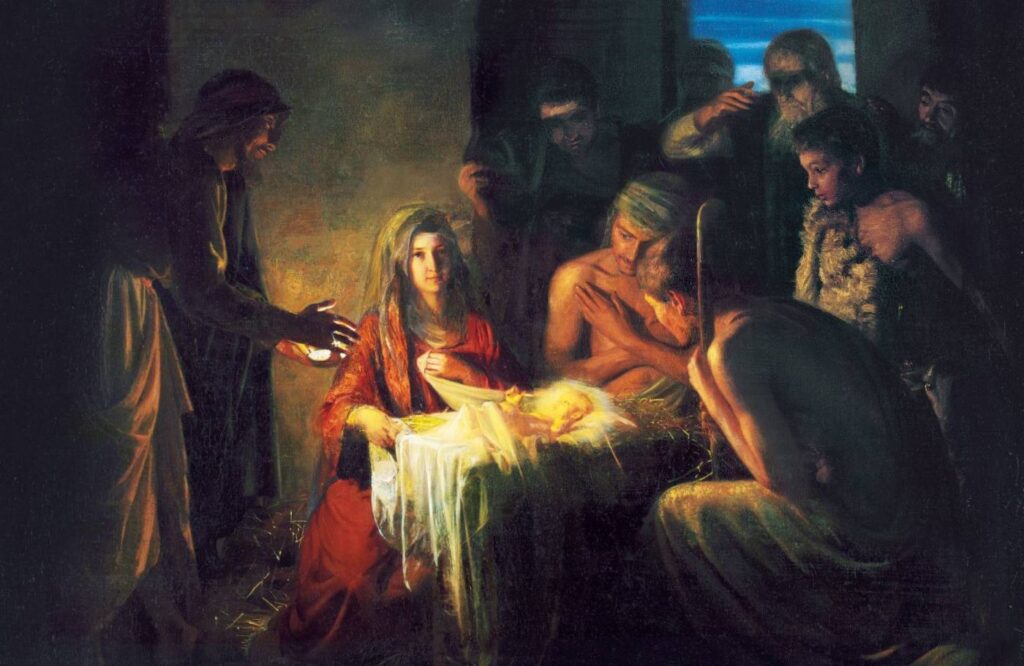
Christmas festivities have their roots in ancient rituals commemorating the winter solstice. The celebration has changed throughout time, taking cues from a wide range of civilizations along the way. Many ancient nations had festivals in honor of their gods around the time of the winter solstice. The Romans celebrated Saturnalia, a two-week festival celebrating their god of agriculture Saturn, while the Egyptians honored the birth of their sun deity Mithra on December 25.
The early Christian church did not celebrate Christmas as a holiday until the 4th century, when Pope Julius I established December 25th as the canonical date of Christ’s birth. To correspond with the widespread pagan rituals of the winter solstice already taking place throughout the Roman Empire, the date of December 25 was selected.
The Christmas tree was introduced to the United States by German immigrants in the 18th century. Gift-giving at Christmas is often credited to Clement Clarke Moore’s 1822 poem “A Visit from St. Nicholas,” which popularized the practice. St. Nicholas, a bishop in the early Christian church, was known for his kindness to the needy, which is where the idea of Santa Claus originated. Due to its pagan roots and the rowdy character of the festivities, Christmas was outlawed by the Puritans in the 17th century.
Authors like Charles Dickens, who penned “A Christmas Carol,” were instrumental in reviving the holiday and the “spirit” of the season in the 19th century. Christmas has now become a cultural touchstone that has influenced how we see the winter solstice and Christmas Day.
Understanding the Mormon Religion
Members of the Church of Jesus Christ of Latter-day Saints are recognized by the word “Mormonism,” which describes their religious beliefs. Some of the fundamental tenets of this religion are:
Beliefs
- Mormons share the Christian belief that Jesus Christ is the Son of God.
- The two primary texts for Mormons are the Bible and the Book of Mormon.
- Church of Jesus Christ of Latter-day Saints leaders have described the Book of Mormon as “a collection of writings from ancient Christians who traveled from Jerusalem to the Americas during biblical times,” with Joseph Smith, the church’s founder and a self-proclaimed prophet, serving as the primary scribe.
- God the Father, according to Mormon doctrine, has a “body of flesh and bones as tangible as man’s.” Mormons believe that Jesus is divine, but that each person has the potential to achieve the same status.
- Mormons have faith that their families may be united for all time via temple ceremonies.
Practices
- Mormons celebrate Christmas on December 25, like other Christians.
- Many Mormons are avid collectors of nativity scenes, which they display every Christmas season.
- To keep the true spirit of Christmas alive, some families even have one or several nativity scenes out on display even when Christmas ends.
- Early in December, members of the LDS Church get together for a global Christmas celebration known as the Christmas Devotional.
- Each man in the Mormon faith serves a two-year mission after undergoing training.
- Mormonism portrays a picture of huge, happy families, which, according to their beliefs, are absent in today’s culture.
- One of the things that draws many people to Mormonism is the religion’s emphasis on morality.
How Christmas Became a Widely Celebrated Holiday in the Western World
The winter solstice has ancient roots as a time of celebration all throughout the globe. During the winter solstice, various cultures celebrated the beginning of longer days and more sunshine. The Norse celebrated Yule from the winter solstice on December 21 to January. During the midwinter festival, Germans paid homage to the pagan deity Oden.
The date of December 25, when Christians throughout the world commemorate Jesus of Nazareth’s birth as the founder of their faith, can be traced back to the year 273 AD. In 336 AD, during the reign of Roman Emperor Constantine, the first public Christmas celebration on December 25 was documented.
Since the early church had previously prioritized Epiphany on January 6 and Easter, this signified a fundamental change in religious observances. The earliest known Christmas celebration occurred on December 25, 336 AD. Christmas trees with decorations have been around since the Middle Ages in Germany.
Since 1870, the United States government has officially recognized December 25 as Christmas Day. Countries and cultures, including those where Christianity is a minority faith, celebrate Christmas Day and the days leading up to and after it.
